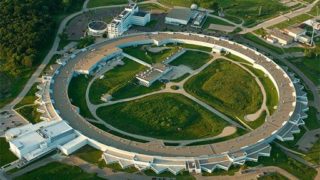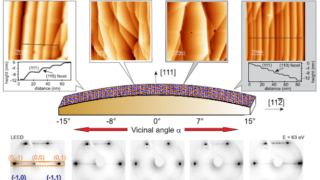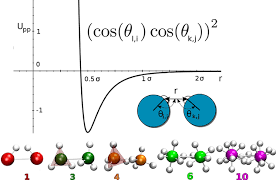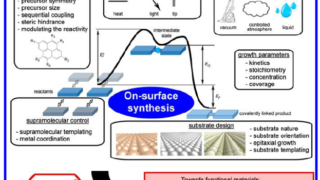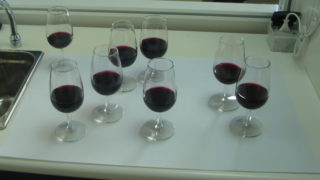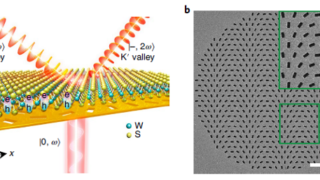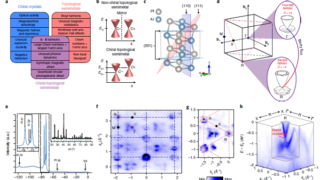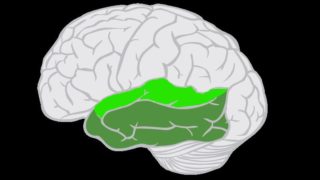
Another type of spatial neuron found
First of all, I don’t want to mean that a neuron was found in space, but that similarly to the grid cells found by Nobel laureate May-Britt Moser and colleagues another cell type named object-vector cell has been found -also by their group- which is involved in spatial sensation. While grid cells are place modulated […]
